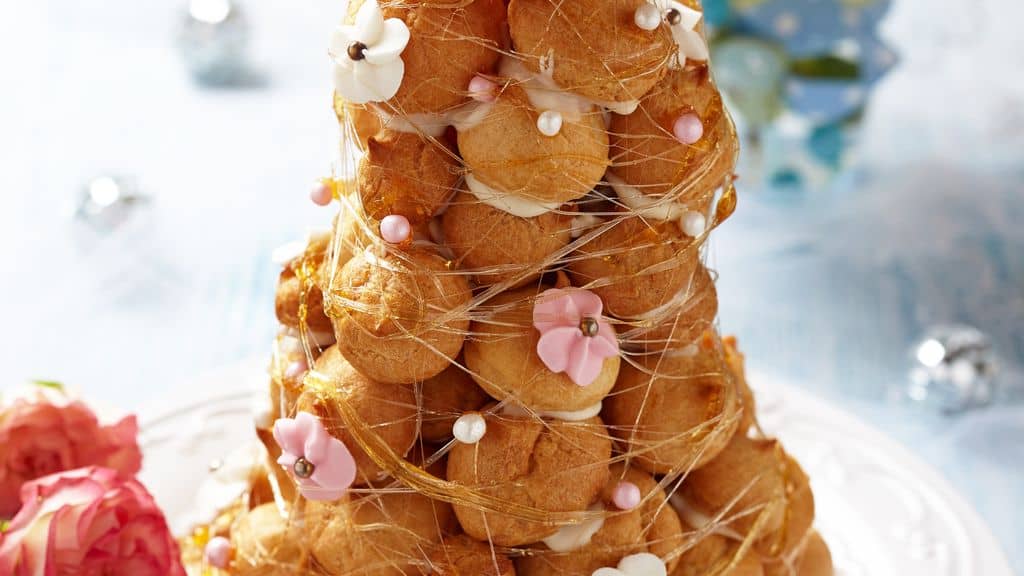It’s a mistake, as a matter of fact it’s a misunderstanding in its literal meaning, let me clarify this.
When you bake a cake and look at it rising in the oven at the very same time the pride swells in your chest and you can not wait to show it around and be praised for such a great looking cake and as you let it cool off the kitchen’s table so your hopes are crushed as it deflates
Well during the renaissance in Italy a chef found a solution to prevent such a dire end to his cakes, he decided to mix all the ingredients on a stove, partially cooking the dough.
When Catherine of Medicis became the Regent Queen of France she came with her chef called Popellini who introduced in 1540 the “Pâte à Chaud” (warm dough) technique to the court’s chefs in turn spreading the technique all over the country.
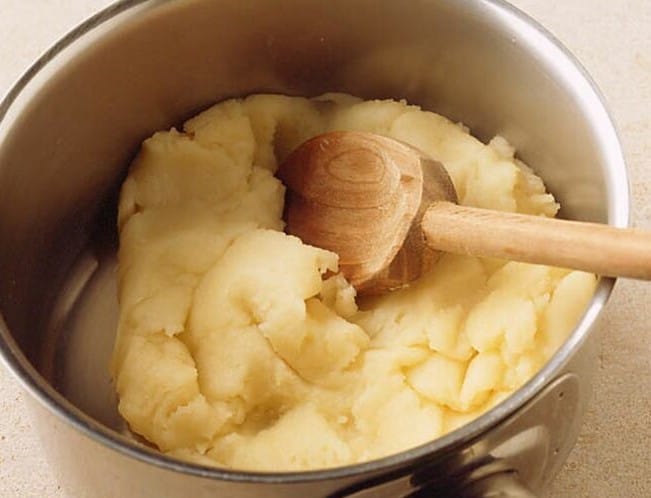
The name was then deformed from “chaud” to “choux”, the origin of this deformation is unclear but as most recipes were orally transmitted and because the nature of the puff result (round) it’s likely that in spite of not being green the cakes were compared to cabbages, choux in French and that slowly but surely the “Pâte à Chaud” became “Pâte à Choux”. The technique was improved to become final in recipe books by the XVIIIth century.
“Pâte à Choux” is one of the pillars of French patisseries.
As the dough is already partially cooked when put in the oven it first dilates and inflates and then sets and cooks in it’s final position, providing chefs with worlds of possibilities.
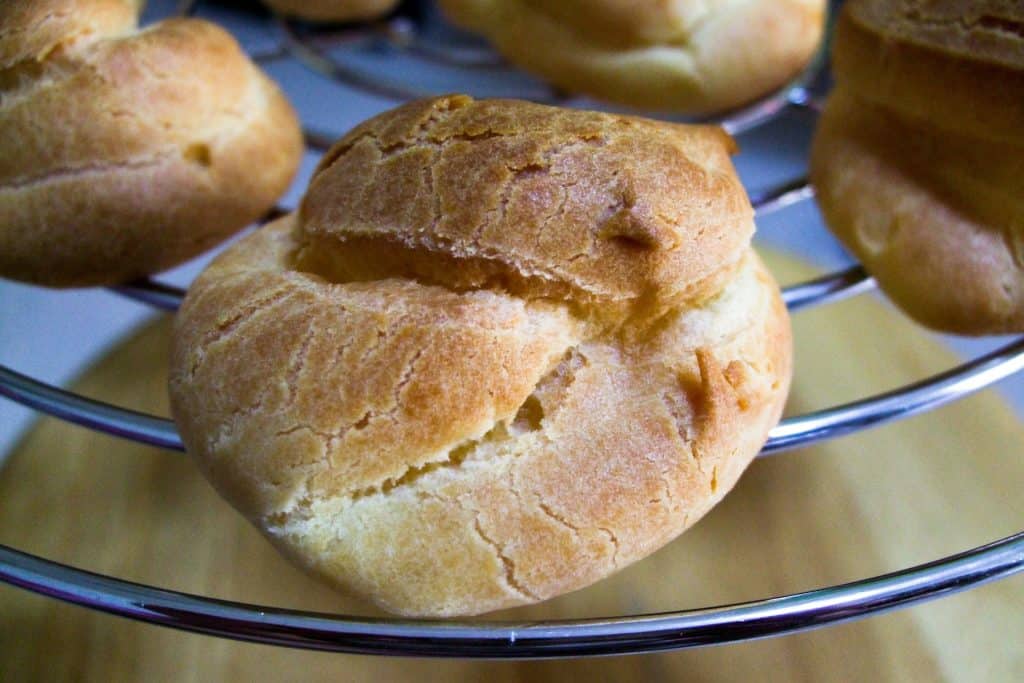
The most famous pastries are:
Eclairs (that you can try on our tour) and it’s variations Religieuses, Salambo, Divorcé all of those are filled with a crême patissière and receive an icing on top.
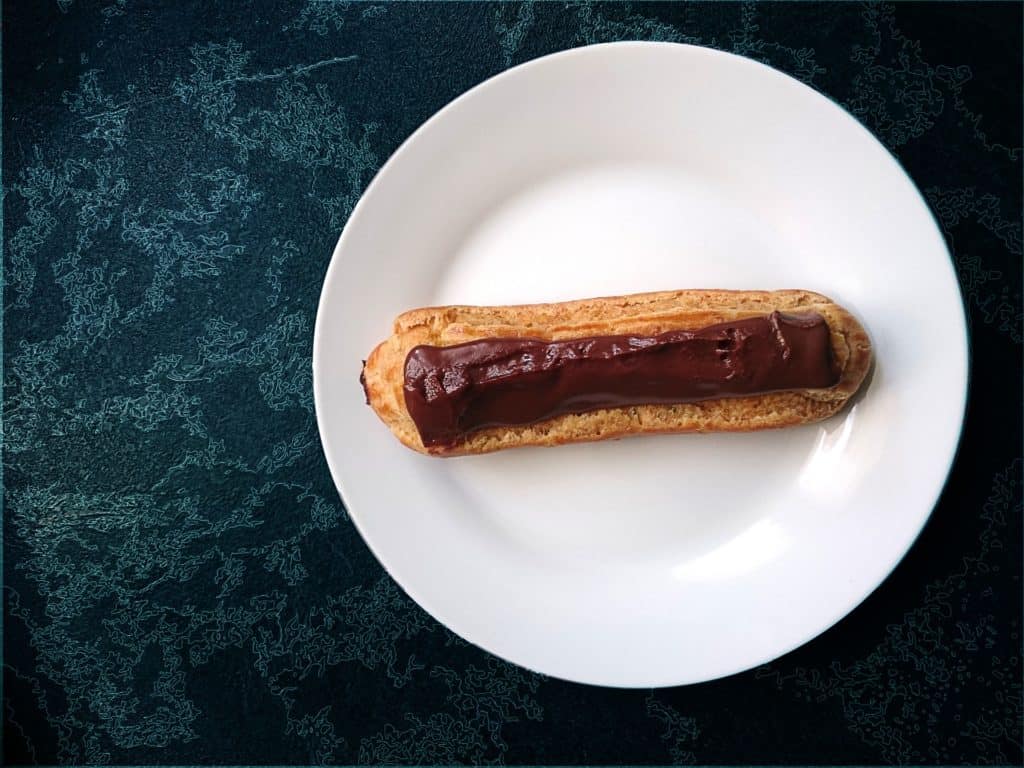
Paris Brest, the choux is shaped as a doughnut cut in half and generously filled with hazelnuts buttercream.
Pièce montée, aka “Croque en bouche” (mostly sweet but can be savoury as well) the towering pastry was design to be enable a just sharing of portion among tens of guests (you multiply the number of choux with the number of guest and that gives you the size and therefore the price), choux are filled with a custard cream and receive a sticky candy caramel that will set the cake’s presentation and crunch (croque) as you bite in it.
Chouquettes, one of kids favourite tea break pastry, just the puff pastry sprinkled with coarse grain sugar crystals (most of them gathered at the bottom of the bag for which you fight over) and their unique variation the Choupette to be discovered here.
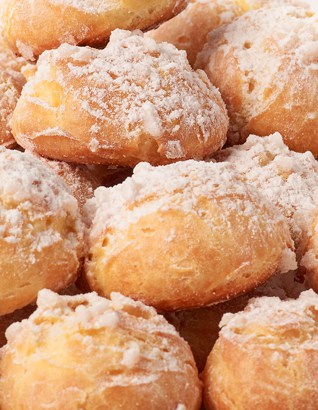
By extension the word “chou” turned into a “cutty” so when you call someone affectionately “mon chou” (both for male and female) it means “cutiepie”, “honey”, “cupcake”
